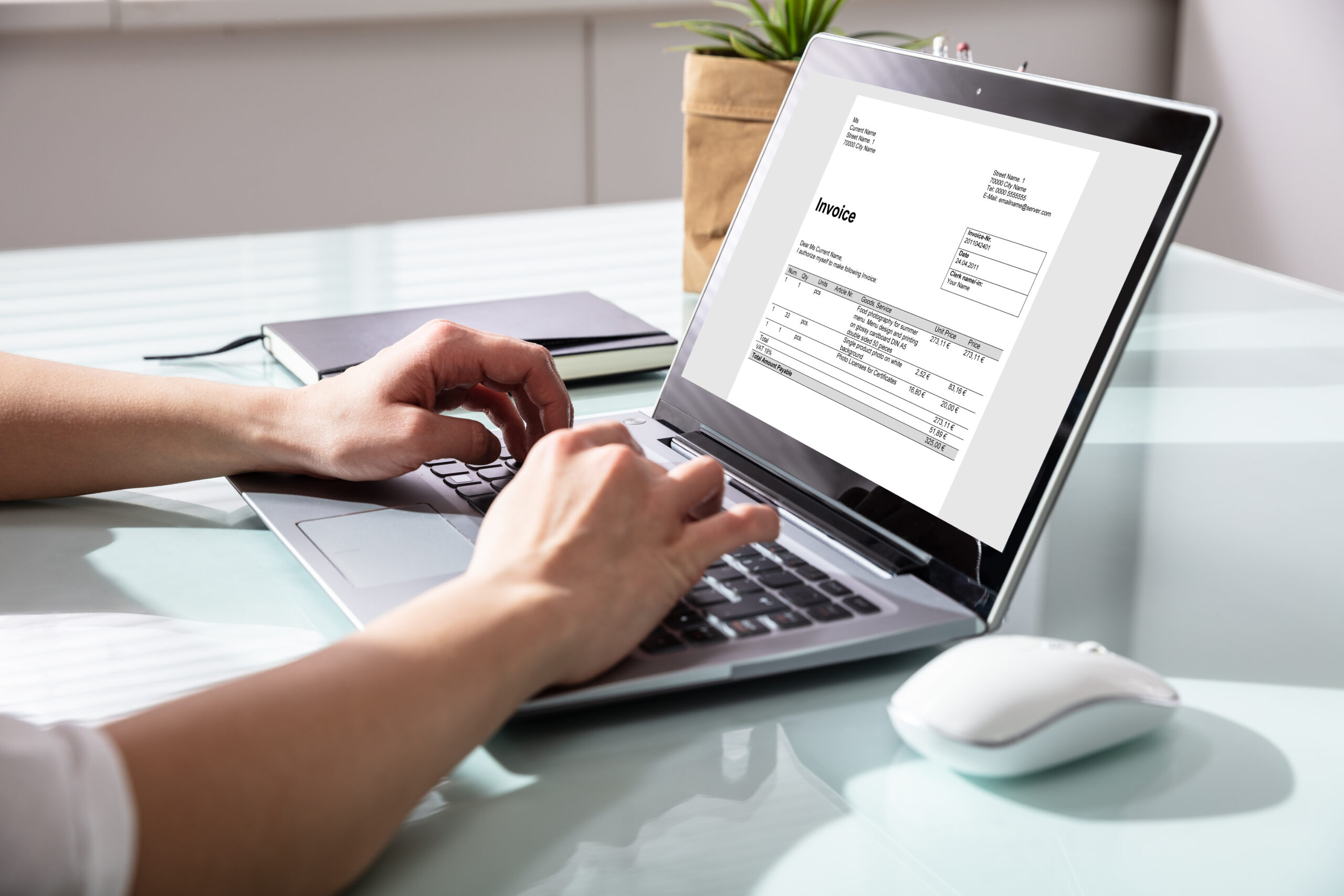Business
7 Practices For Better Invoicing

Invoicing is the last stage in the provision of a service or product in order to collect money from a customer. Despite its importance, this step is frequently overlooked in planning and when customer service programs are implemented for a company.
Customers are willing to spend a premium on an amazing customer experience. It has been found that businesses with a competent level of customer experience can anticipate revenue growth of 4% to 8% over the average for their industry.
Moreover, paying close attention to the smallest details of communication often separates those who excel in customer service from those who fail. Communication begins with marketing, continues through sales, and concludes with the customer invoice.
The techniques below explain how you can improve your invoicing and billing processes to achieve this higher level of service. These practices will also consider how technology can help in automating the flow of data between tasks and invoices.
1. Keep it simple
The first step for better invoicing is to keep things simple. Consider this simplicity and ensure that all key information is visible to your customers at first glance.
Frequently, customers have difficulty making payments as their invoice doesn’t specify a particular payment option. So, do everything possible to assist your customers in quickly completing their payments. Mention preferred payment alternatives on the invoice.
Avoid overcomplicating your invoices with jargon or extending them to numerous pages. To comprehend the message straight away, your customers want an easy-to-understand invoice, ideally one that’s brief.
To expedite the payment process, state all necessary information clearly:
- Due date of invoice
- Reference number
- Customer’s name and contact information
- Billing address
- Preferred mode of payment
2. Adopt invoicing software
Routine administrative duties, like invoicing, can cut into your productive time and budget if you end up having to spend ages formulating each one from scratch, especially if you run a service business where each job is different. Fortunately, invoicing software can automate this process to make it quick and simple.
If you take the example of a roofing company for instance, you may want to look into industry specific technology such as this roofing software from Jobber. This makes online invoicing and billing, as well as expenditure management very straightforward.
By utilizing software such as this that has been tailored to fit your business niche, you will encounter fewer billing issues and a better cash flow as a result. Additionally, your customers will value the quality of your service. They may even go on to recommend you to others which is a really powerful way of generating new leads.
3. Formulate a solid invoice policy
Develop an invoicing approach whereby you can offer a degree of personalization on your invoices. For service businesses, where each job is unique – you want to make your customers feel that you value their business.
Online invoicing software can help you do this, so be sure to build this into your ways of working.
4. Maintain a central repository for all of your invoices
One of the most common invoicing mistakes businesses make is to issue a second invoice after the first one has already been sent. Store all your invoices in a data repository or through a third-party service. This way, you’ll always have easy access to all of your invoices, both old and new. If a problem occurs, you can always revert to previous communication with your customer.
Maintaining an orderly system enables you to go back and verify that all invoices and transactions are completed appropriately and that the total amount and conditions were as agreed.
5. Clearly describe each item on the invoice
This is your opportunity to demonstrate the value you offer to each customer. It is also an excellent way to establish trust by being transparent about your pricing. Additionally, you’ll be able to respond more easily to queries later if your customer contacts you with questions.
Everything about transparency boils down to making things simple. Since some customers aren’t concerned with the specifics of each item, summarize your progress into one or a few bullet points, such as a list of milestones that have been met.
6. Provide a variety of payment options
Offering different payment options to your customers will likely urge them to settle in a timelier manner. Moreover, each method of payment should be simply identifiable and understandable on the invoice. This will make payment processing simple for your customer.
You may provide an online or mobile payment solution that enables you to complete the transaction in a short time using a debit or credit card account. Likewise, you may use a QR code to direct customers to a payment system through a web browser or an application.
Additionally, online payments are processed quicker. This means you won’t have to wait days for a check to clear. Furthermore, you may integrate them with your invoicing software to have a tab on the payment process. If you’re sending an invoice overseas, remember to include the currency you allow in the form.
7. Send invoices on time
Never be late with your invoices. This reduces your cash flow and raises the likelihood that an invoice will go unpaid. Therefore, ensure that you deliver an invoice immediately upon completing a job.
Moreover, invoices must accurately state the payment conditions. This way, the client will be aware of the period for payment and any late penalties that may be assessed if they don’t settle on time.
Likewise, you may also offer early payment discounts. Clients will be encouraged to pay their invoices within ten days of receiving them to earn the reduction. If the discount deadline isn’t fulfilled, the whole amount must be paid within 30 days.
Final thoughts
Optimizing your invoicing will enable you to receive payments more quickly, eventually increasing your cash flow. By automating your invoicing and keeping track of your customers through software, you can save significant time and guarantee that everything is done correctly on your part. As an added feature, provide your customers with various payment options, late fines, and incentives for timely payments.










